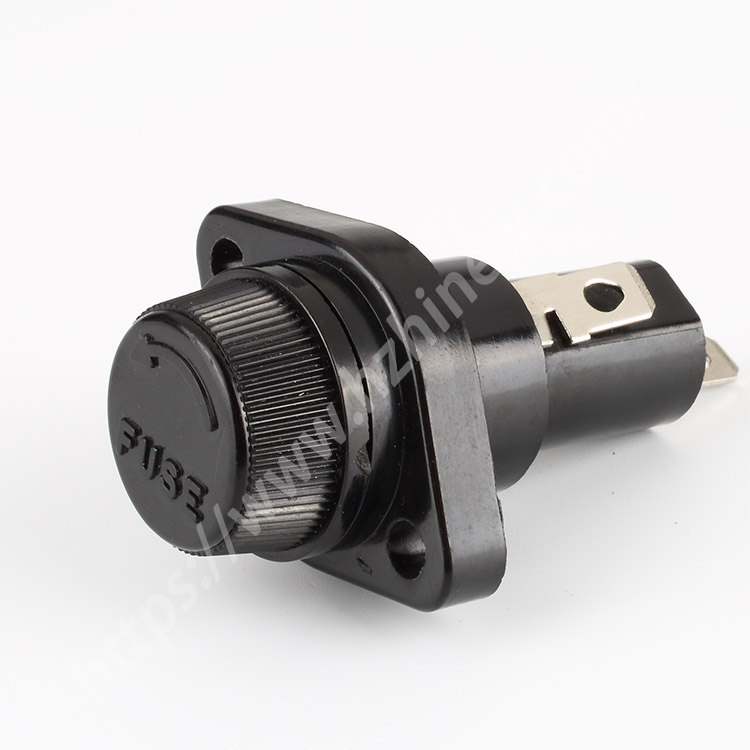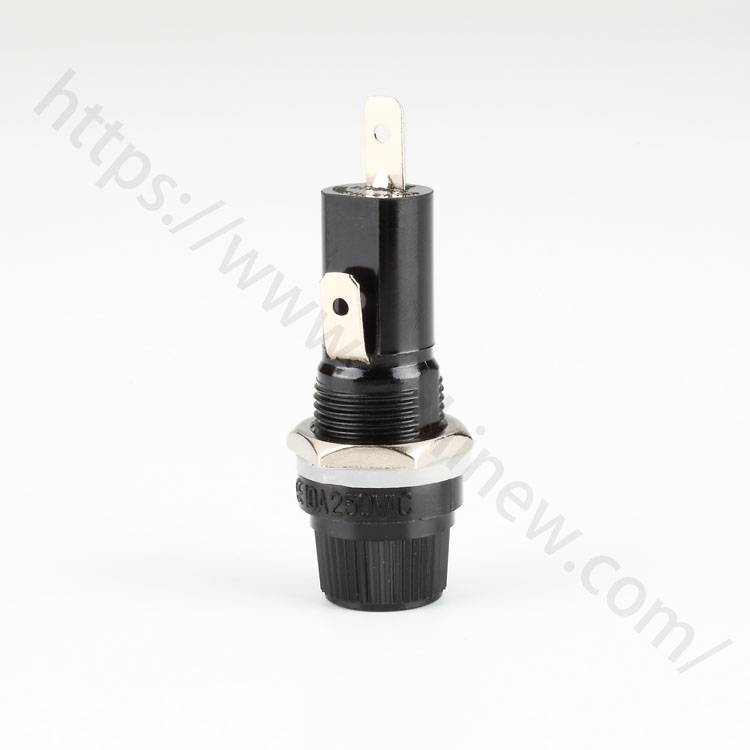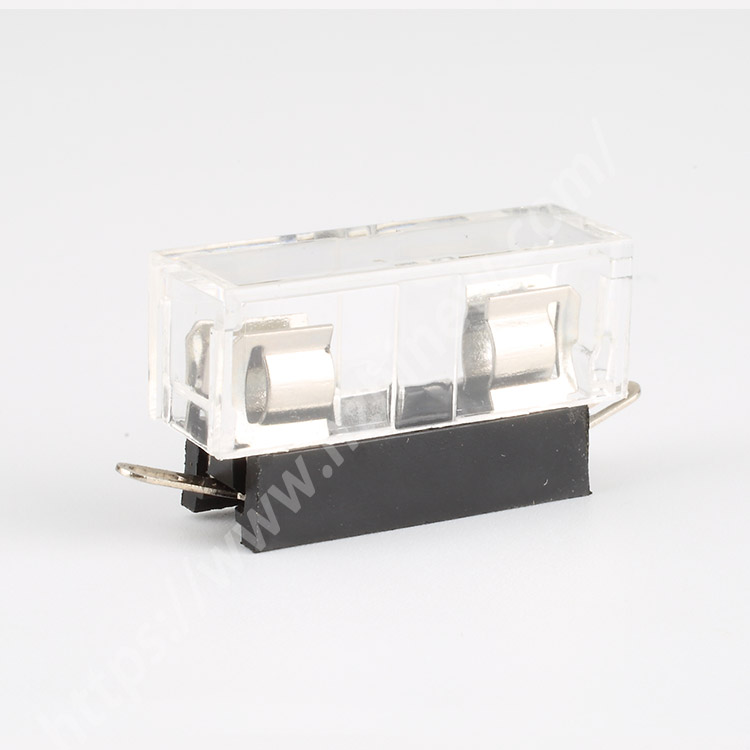Fuse holder manufacturer
Fuse is a kind of component which is deliberately set in the weak link which is sensitive to current in the circuit. When the circuit works normally, it has no effect on the protected circuit. Its resistance value is small, preferably no resistance value, no power consumption. When the circuit is abnormal, the current is too large or the circuit is short-circuited, it can quickly cut off the power supply, protect the circuit and other components. There are many types of fuses, and the commonly used fuses can be divided into three types: glass tube fuse (low resolution), ceramic tube fuse (high resolution) and polymer self-healing fuse (made of PPTC plastic polymer). Next, the 10x38 fuse holder manufacturer will answer for you.
Performance and parameters of fuses
1. Rated voltage
The rated voltage refers to the maximum voltage that can be withstood after the fuse is broken. When the fuse is connected, the voltage borne by both ends is far less than its rated voltage, so the rated voltage is generally required to be greater than the effective circuit voltage when choosing the fuse.
2. Rated current
The rated current is the maximum current that the fuse can work for a long time. Assuming that the protection current is Ir, the rated current of the fuse should be In, then the two should meet the following conditions In=Ir/ (fo*f1), fo is the discount rate for different specifications of fuses, the fuse of ICE specification can not add the discount rate, that is, fo=1, for UL fuse, the discount rate is fo=0.75. F1 to consider the discount rate after temperature, the higher the ambient temperature, the hotter the fuse works and the shorter the life. It should be emphasized here that the air temperature around the fuse should not be confused with room temperature. Whether it is the UL specification or the ICE specification, the requirements of the fuse are set at 25 ℃ at room temperature, so there is no need to consider a certain discount rate. Obviously, the discount rate of the fuse varies with the ambient temperature. The fuse material has a lower melting temperature and is sensitive to the ambient temperature, while the polymer self-restoring fuse is very sensitive to temperature, so it has the highest discount rate with temperature. After adopting this rate, it can not only ensure the safe operation of the circuit, but also make the fuse work safely and longevity.
The rated current of the fuse is too large, when there is an abnormal situation, the fuse is difficult to fuse and can not achieve the purpose of insurance. if the rated current selected is too small, the fuse will be protected even if there is no abnormal situation, so that the circuit can not work properly.
The above is the introduction of the performance and parameters of the fuse, if you want to know more about the fuse holder, please feel free to contact us.
You May Like
Read more news
1. Heating rate of fuse holder and method of prolonging life
2. Operation principle and circuit problems of fuse holder
3. Operation mode and temperature requirements of fuse holder
4. Waterproof fuse seat scheme
5. Slow fuse and how to distinguish the power of fuse
6. What is the function of the fuse clip
7. Rated voltage of automobile fuse
Video
Post time: Mar-18-2022



